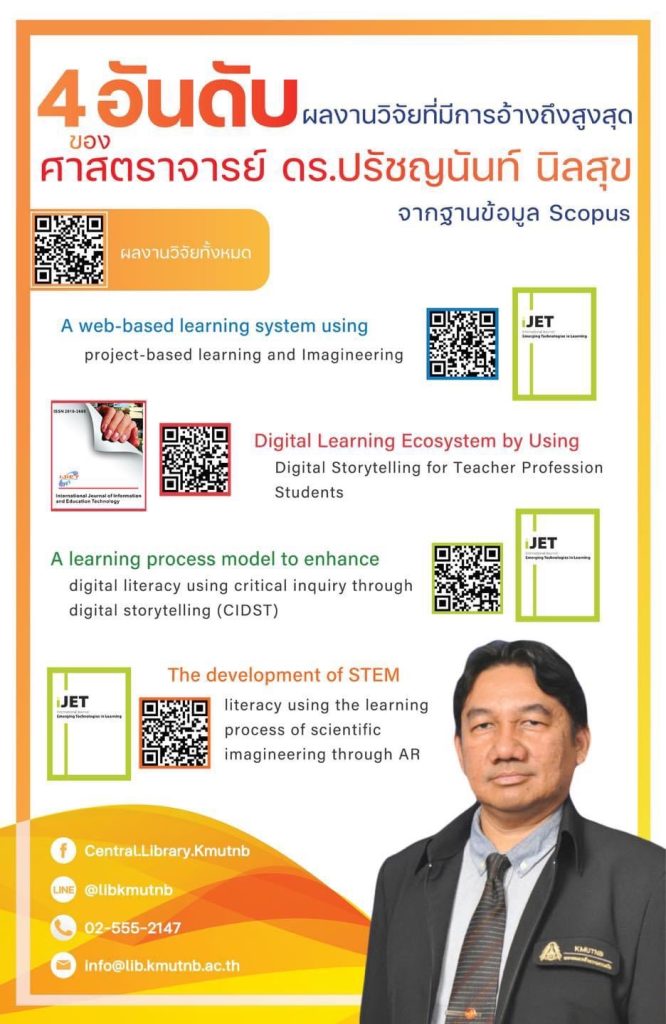ABSTRACT
The research aimed to; 1) study the expectations of teachers on the behavioral conditions of vocational education learners, 2) Study the ability of teachers to achieve the expected behavioral conditions of vocational education, 3) Comparison of the use of digital technology in teaching by teachers to recover the learning loss of vocational learners during the New Normal and Next Normal periods, 4) Study the teachers need to use digital technology in teaching to recover the learning loss of vocational learners during the New Normal and Next Normal periods, and 5) Create digital technology landscape for learning loss recovery on vocational education. Data were collected with an online questionnaire that passed the validity and reliability with 301 vocational teachers. The results of the research showed teachers have higher expectations of learners’ behavioral conditions. Teachers can make vocational learners experience the expected behavioral conditions to a greater extent. Teachers use digital technology to organize teaching to recover the learning loss of vocational learners during the New Normal rather than during the Next Normal. However, the demand for digital technology for teaching to recover the learning loss problem of learners during the Next Normal is increasing more than during the New Normal. The study suggests improving the knowledge and ability of teachers to use digital technology for teaching to recover the problem of learning loss among learners.
jitsupa, jira, Skunhom, V., Nilsook, P., Hinon, K., Sangboonraung, W., Daungtod, S., Phumee, W., & Promsron, K. (2024).
Digital Technology Landscape for Vocational Education: Learning Loss Recovery. Journal of Technical Education and Training, 16(1), 56-70.
https://publisher.uthm.edu.my/ojs/index.php/JTET/article/view/16613

